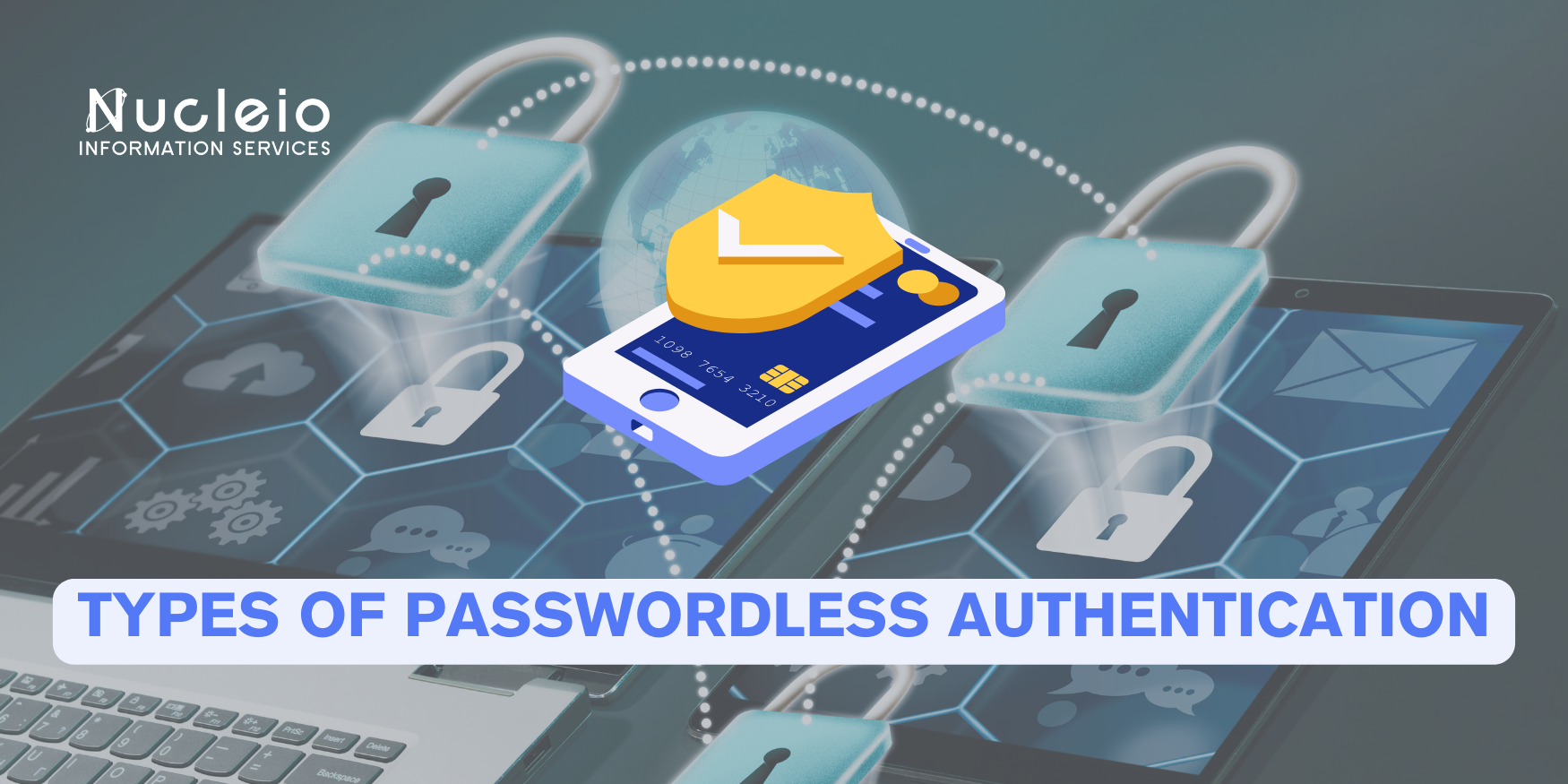In today’s digital world, we juggle countless online accounts, each demanding its own unique password. Remembering complex passwords for every service is a constant struggle, often leading to frustration and security vulnerabilities. But fear not, the age of the password may be coming to an end! Passwordless authentication is on the rise, offering a more secure and convenient way to log in. This blog post dives into the various types of passwordless authentication, exploring their advantages and disadvantages to help you understand which method might be best for you.
Types of passwordless Authentication
One-Time Link: This method sends a unique link to your email address. Clicking the link verifies your identity and grants access. It’s simple to implement, but vulnerable to phishing attacks if your email is compromised.
One-Time Password (OTP): A temporary code is sent to your phone via SMS or push notification. Enter the code to log in. While more secure than one-time links, it requires a phone and can be inconvenient for those without constant mobile reception.
Time-based One-Time Password (TOTP): Similar to OTP, but codes are generated by an app on your phone based on current time. This eliminates reliance on SMS and offers increased security. However, it requires app installation and time synchronization between your device and the service.
Persistent Cookie: After successful login, a cookie is stored in your browser, allowing access for a set duration without needing to re-enter credentials. It’s convenient, but vulnerable if cookies are stolen.
Third-party Identity Providers (Social Login): Leverage existing accounts from platforms like Google or Facebook to log in. This is incredibly user-friendly, but relies on the security practices of the third-party provider and may not be universally supported.
USB Token Device: A physical device with a unique cryptographic key verifies your identity. This offers high security, but requires carrying an extra device and might involve additional software installation.
Mobile Biometrics: Fingerprint or facial recognition on your smartphone app confirms login. This method is highly secure and convenient, but requires app installation on your phone.
Choosing the Right Method: Security vs. Convenience
There’s no one-size-fits-all solution. The best method depends on your specific needs and priorities on finding on choosing among the types of passwordless authentication to use. Here’s a quick breakdown:
- High Security: Mobile biometrics and USB tokens offer the strongest protection.
- Convenience: Social login and persistent cookies are easiest to use.
- Balance: Combining methods like OTP with fingerprint verification provides a good balance.
Conclusion
Passwordless authentication is rapidly evolving. As technology advances, we can expect even more secure and user-friendly methods to emerge.
With so many passwordless options available, there’s no need to settle for the frustrations of traditional password logins. Explore the different methods, choose what works best for you, and enjoy a more secure and convenient online experience.

